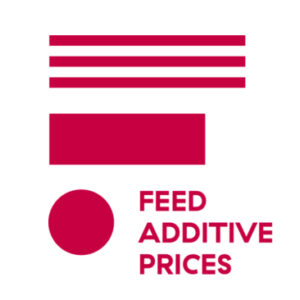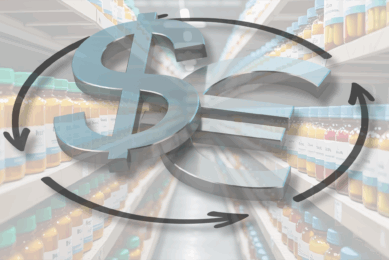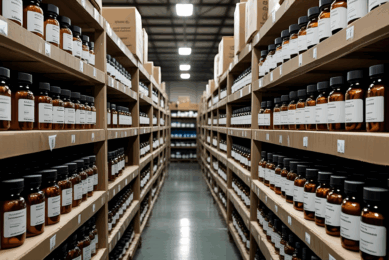Vitamin A and E unaffected by recent incident

No reaction from the market and/or price changes seen, after the recent fire at a production facility of a Chinese vitamin manufacturer, where one of the production lines for an intermediate for carotenoids had an incident. Learn more in this week’s feed additives snapshot (week 19).
Ongoing attempts are seen to increase prices, an example of that is vitamin B2, E and B1. At the same time, suppliers of vitamin B3 (Niacin) have stopped to reduce prices further, as that has not led to increased sales. Biotin has weakened a bit further, but vitamin C prices seem to remain strong so far.
In partnership with Feed Additive Prices
Vitamin E 50%
Last week, one of the carotenoid production lines of a Chinese vitamin manufacturer caught fire. So far, there has been no effect on vitamin E production and/or market dynamics. In general, there is an ongoing strong desire for manufacturers to increase prices. And recently price offer increases were seen of 10%-20%. However, the market is not responding to any form of disruption or increased price offers. A decent cover was already taken in the previous weeks, so not a lot of new additional demand is seen currently. Prices are relatively stable in all regions so far. Most of Q2 is contracted and some cover into Q3 is seen as well.
Vitamin A 1000
Recently, one of the carotenoid production lines of a Chinese vitamin manufacturer caught fire. The market was anxious to see if there would be any effect on related vitamin A production. So far, no impact on price has been seen. The market is stable and calm and prices continue to move at the same relatively low level as they have done prior to the above-mentioned event. It seems, in general, that vitamin A prices have been unaffected lately by any type of potential disruption like stop-offering, maintenance periods, reduced output, etc. Most of Q2 has been contracted.
Vitamin D3 500
Due to delays from China, the stock levels regionally have been relatively low. But more material seems to have arrived lately, and will in the coming period. At the same time. suppliers are fighting for market share and business while demand is sluggish compared to previous years. The market is very calm, prices are low and no significant interest is seen to cover long-term forward. Q2, and in some cases a portion of Q3.
Vitamin B2 80%
Again, there have been some attempts by suppliers to increase prices, but it is not certain yet what the effect will be. So far there has been no significant reaction from the market. In general, the vitamin B2 market remains quiet and stable. Prices in Asia are still relatively low, while prices in Europe and the US are higher and stable. Most of Q2 is contracted and bits and pieces of Q3 as well.
D-Calpan
Recently, there were some talks in the Chinese market about potential firmer prices, but no results have been seen of that. Competition remains strong and the price remains low. At the same time, there is not enough demand to support a change in the current weak trend for d-calpan. The market is quiet and stable and prices remain very low. Already a decent cover ahead is taken for Q2.
Vitamin B3
Most suppliers have stopped reducing prices further, as that did not trigger additional sales and according to those suppliers, it is becoming an unsustainably low price level. Demand is still said to be sluggish so a price increase in the short term is also not very likely. In general, the market feels relatively quiet and prices are mostly stable at a low level. Availability seems to be OK in most regions. There was already some cover taken into Q2 and even early Q3 some time ago when prices stabilized at a low level.
Biotin
A few weeks ago, firmer price offers were seen, but no effect from that so far on actual transactions. The market is quiet and even slightly lower prices were seen again for both biotin pure or the lower 2% content material. There is ample supply, and long-term contracts were already concluded some time ago in most cases and regions. Prices remain historically low. A good portion of Q2 is contracted and some of Q3 as well. In some cases, buyers took long-term contracts well into 2024.
Vitamin C 35% mono
The global price increase of late last year still seems to stick and new business is being concluded at higher price levels. But at the same time, there are still a lot of long-term contracts in place that were concluded at the previous low price levels and carry well into 2024. Suppliers still seem very determined though to keep the prices up. Q2 is largely contracted and in some cases, a large portion of 2024 as well.











